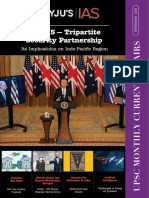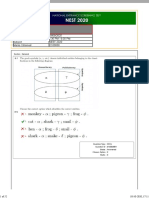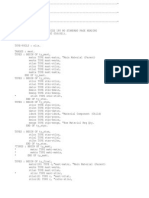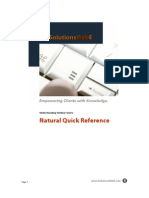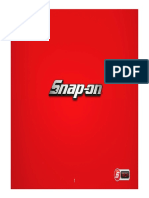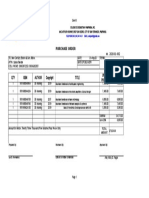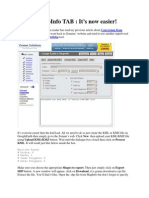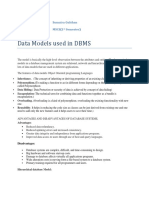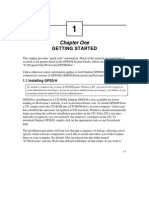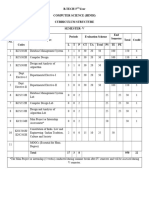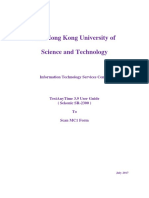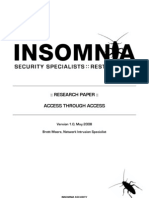0% found this document useful (0 votes)
22 views5 pagesMachine Learning
Unit 6 discusses recent trends in machine learning, focusing on advanced classification techniques beyond traditional methods. Key topics include self-supervised learning, few-shot learning, transfer learning, neural architecture search, explainable AI, federated learning, multi-modal learning, and graph neural networks, each with definitions, procedures, algorithms, applications, and examples. The document provides a comprehensive overview of how these innovations are applied in various real-world scenarios.
Uploaded by
Saurabh SarkarCopyright
© © All Rights Reserved
We take content rights seriously. If you suspect this is your content, claim it here.
Available Formats
Download as DOCX, PDF, TXT or read online on Scribd
0% found this document useful (0 votes)
22 views5 pagesMachine Learning
Unit 6 discusses recent trends in machine learning, focusing on advanced classification techniques beyond traditional methods. Key topics include self-supervised learning, few-shot learning, transfer learning, neural architecture search, explainable AI, federated learning, multi-modal learning, and graph neural networks, each with definitions, procedures, algorithms, applications, and examples. The document provides a comprehensive overview of how these innovations are applied in various real-world scenarios.
Uploaded by
Saurabh SarkarCopyright
© © All Rights Reserved
We take content rights seriously. If you suspect this is your content, claim it here.
Available Formats
Download as DOCX, PDF, TXT or read online on Scribd
/ 5
































































